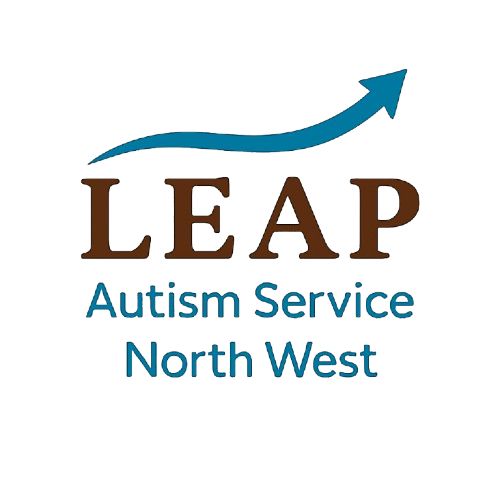Aren’t we all ‘a bit on the spectrum’ though?
You’ve probably heard it. Maybe from a colleague, a friend, even a GP:
“We’re all a bit autistic, aren’t we?” ⠀ It’s often said with kindness , in an attempt to relate, to soften difference. But the truth is, We’re not all ‘a bit on the spectrum’. And saying we are can erase the very real experiences of autistic people.
🧠 What is the autistic spectrum?
The autism spectrum isn’t a straight line from “not autistic” to “very autistic.” It’s a complex, multidimensional profile, like a soundboard with dozens of sliders:
Sensory sensitivity
Social communication
Executive function
Emotional regulation
Processing speed
Special interests
Masking and burnout
Each autistic person has a unique combination of traits — some high, some low, some variable. It’s not about how ‘much’ autism someone has. It’s about how it shows up, and how it impacts their life. So while lots of people may have some traits of autism (e.g., they like their routines, or they aren’t very sociable) it often comes down to personality, and doesn’t equal a diagnosis of autism.
Why “We’re All a Bit Autistic” Is Harmful
This phrase:
Minimises the lived reality of autistic people
Dismisses the need for support, diagnosis, and accommodations
Confuses quirks with neurodivergence
Invalidates those who’ve spent years masking, struggling, and being misdiagnosed
As one autistic advocate puts it:
“You can’t be a little bit autistic, just like you can’t be a little bit diabetic.”
Why Autism Feels ‘Everywhere’ Now
We’ve heard it said, ‘there wasn’t all this autism 20 years ago’ or ‘nobody had autism in my class in the 1990’s’. It’s not that autism is suddenly more common. It’s that we’re finally seeing it, especially in groups long overlooked:
Women and girls, who often mask and present differently
People of colour, who face diagnostic bias
Adults, who were missed as children
Those with co-occurring conditions like ADHD, anxiety, or trauma (the trauma and autism crossover is a post for another day!)
We’re also:
Better at recognising subtle traits
More open about neurodiversity
Creating safer spaces for people to seek answers
In an age of instant information and communication. Information about what autism actually is, and the ability to communicate with others having similar experiences to ourselves (just look for forums, subreddits, Facebook pages about the autistic experience, suddenly it’s not just a ‘you’ thing).
What to Say Instead
If you’re trying to relate to someone who has expressed that they may be autistic, or that they have been diagnosed, try:
“I see you.”
“I didn’t know that about you, thanks for sharing”
“What helps you feel safe?”
These phrases build connection without erasing difference. They honour the spectrum as something real, complex, and deeply personal.
Final Thought
Autism isn’t a trend, or a fad, or the next big thing. It’s a neurotype, a way of being. Imagine it like an operating system for your phone, some people are Android and some are Apple, the odd one might be Windows. They do the same job, just with different functionalities.
For those who live it, being “a bit on the spectrum” isn’t a quirky footnote. It’s a full story, often one that has been tricky to write. One that deserves to be heard, understood, and respected.
Got questions or comments? Get in touch via our contact page and we’ll be in touch soon.

